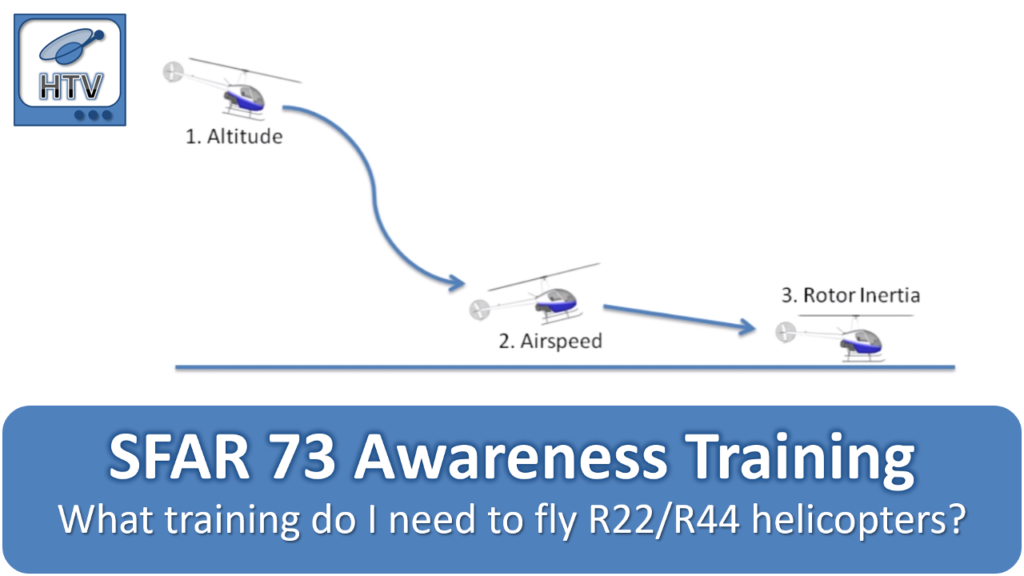If you haven’t already, check out the SFAR 73 Awareness Training video and then try the SFAR 73 Awareness Training Quiz below:
SFAR 73 Awareness Training Quiz
DISCLAIMER – make sure you are fully informed on the latest regulations and their application.
For official guidance on laws and regulations, refer to your Certified Flight Instructor (CFI) or local Flight Standards District Office (FSDO) . Helicopter Training Videos aims to promote aviation knowledge and safety but makes no guarantees regarding accuracy or legal applications.
More Info
- Read our SFAR 73 Explained article
- See our How to Mark-Up SFAR 73 in the FAR/AIM video
- Robinson SFAR 73 Website
- SFAR 73 regulation in full
Feedback
Was the quiz helpful? Was anything unclear or appear incorrect? Use the contact form here, and thanks for your feedback.



